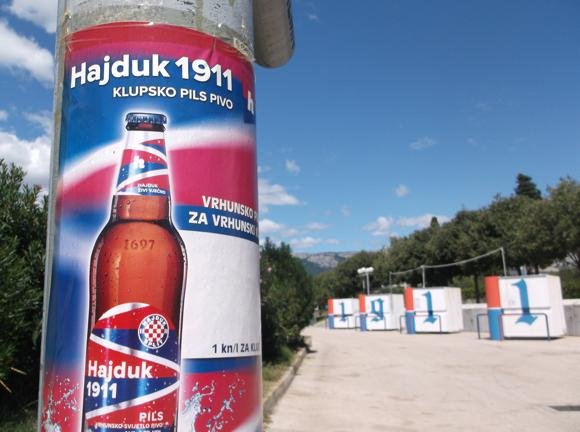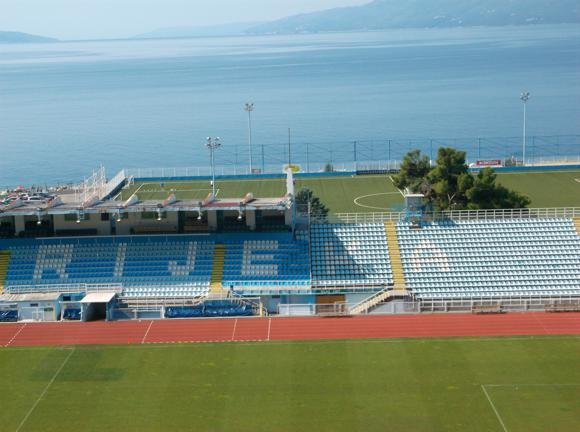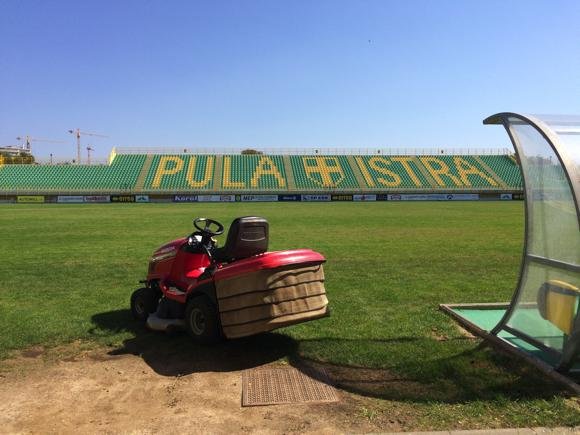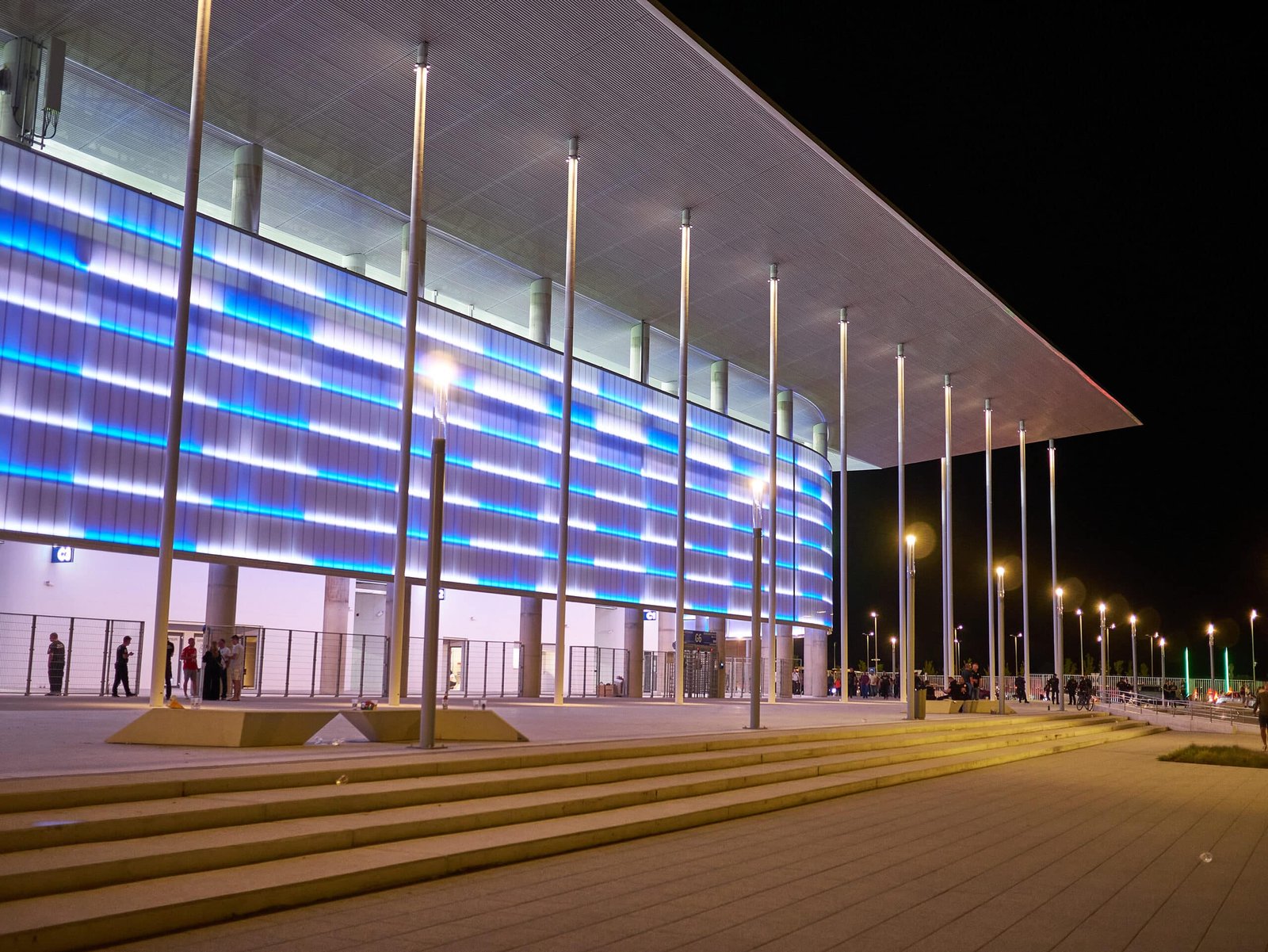A fan’s guide – the club from early doors to today
As iconic to Zagreb as its Cathedral or Dolac market, Dinamo have been the flagship club of the Croatian capital ever since Tito had the club formed from the ruins of three pre-war outfits in 1945.
As demonstrated by 11 straight title wins up to 2015-16, then five more up to 2022, Dinamo have dominated the Croatian game since independence, long overshadowing their cash-strapped eternal rivals Hajduk Split. But currently all is far from rosy at Dinamo, former chairman Zdravko Mamić charged with tax evasion and other financial transgressions in relation to profits from the transfers of Luka Modrić and other stars.
With his brother Zoran Mamić, a former Dinamo club captain, in place as manager until 2021, the whole house of cards may well have collapsed around the club, on paper formed as a citizens’ association and exempt from income tax. Meanwhile, Dinamo’s core fan group the Bad Blue Boys remain at loggerheads with management, boycotting games on a regular basis.

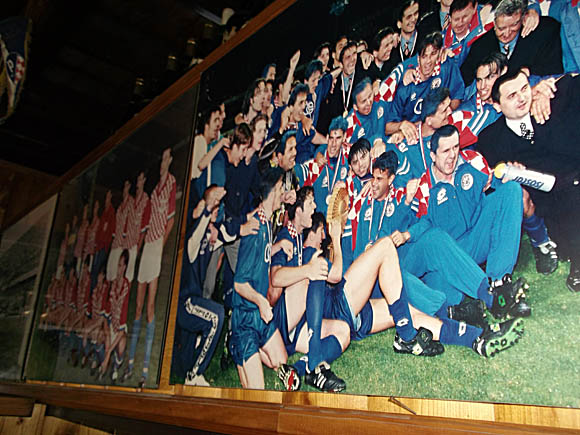
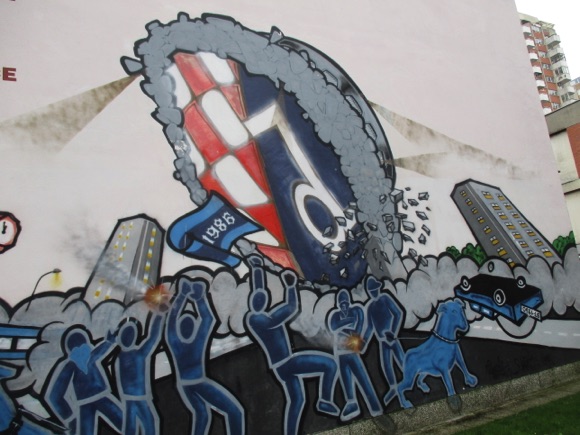
For all that, Dinamo have performed extraordinarily well in Europe considering theirs is one of the weakest domestic leagues in the former Eastern bloc. Reaching the group stages of the Champions League six times in 11 seasons from 2011, Plavi (‘the Blues’) have claimed the scalps of Chelsea, Arsenal and Atalanta.
In the Europa League in 2021, only days after the resignation of manager Zoran Mamić following a court decision over his tax avoidance, Dinamo saw off Spurs 3-0, 3-2 on aggregate, thanks to a superb hat-trick from Mislav Oršić.
Zagreb’s flagship may be mired in long-term corruption but it has never been short of talent – part of the legal case involved the financial arrangements of the sale of Luka Modrić to Tottenham, the 2018 World Cup hero also having to appear in court.

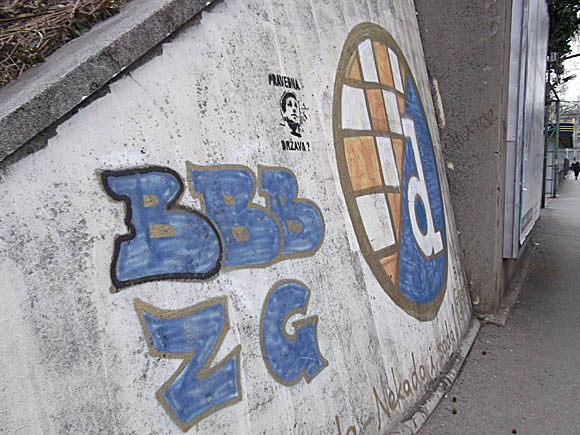

Never relegated from the top flight, neither when part of the Yugoslav League and certainly not when part of an independent Croatian League they have dominated since 1991, Dinamo started out by inheriting players, colours and stadium from the clubs that were disbanded to create them. Most notably, Franjo Wölfl and August Lešnik from Građanski, and Ratko Kacian and Željko Čajkovski from HAŠK, helped quickly establish Dinamo as a leading force in the newly formed Yugoslav League.
Winning the title in 1948, then picking up regular domestic silverware through the 1950s, Dinamo were one of a quartet (including Hajduk Split, Partizan and Red Star Belgrade) that took all but four Yugoslav championships from 1945 to 1991. Perhaps the most satisfying came in 1982, the first for 24 years, a team, itself under Ćiro Blažević, that featured later top coaches Velimir Zajec, Zlatko Kranjčar and Marijan Vlak.
In Europe, Dinamo were a feared name too, beating Don Revie’s Leeds to win the Fairs Cup in 1967, the first Yugoslav side to win a European trophy.

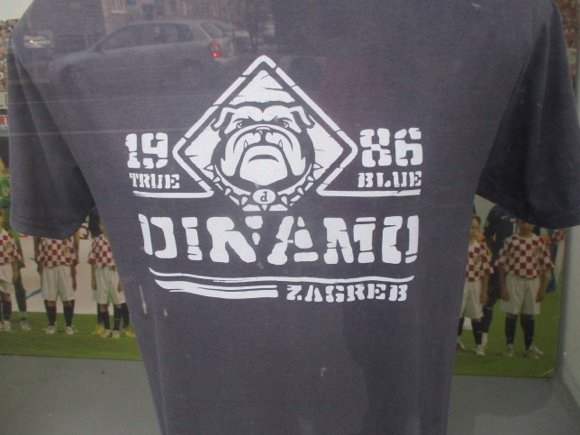
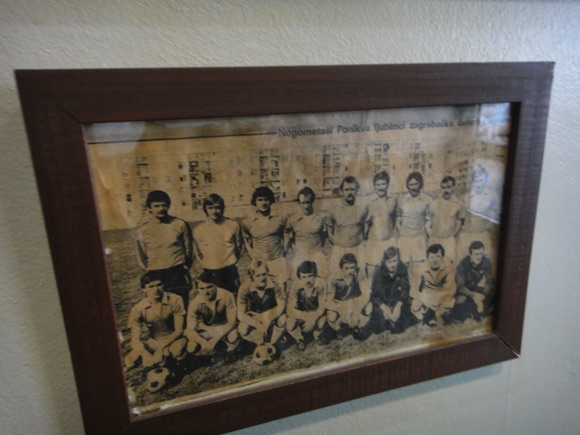
The modern era began with a riot, when Dinamo and Red Star Belgrade fans clashed at the Maksimir in 1990. After the dissolution of Yugoslavia, and its league, Dinamo were ordered to become HAŠK Građanski, guaranteeing support from the new state that wished to rid Croatia of all trace of its Communist past.
Worse, soon afterwards the authorities decided that ‘Croatia Zagreb’ would deliver a louder message. A populist campaign to restore the old name Dinamo dominated a decade of poor-quality domestic football. The club’s fanatical support, the Bad Blue Boys, very few of them Communists, found themselves in the ironic situation of fighting for a name imposed on them by Tito – himself, rumour has it, a Dinamo fan.
Sanity was restored in 2000, by which time Dinamo and Hajduk Split had claimed every Croatian title since 1992.

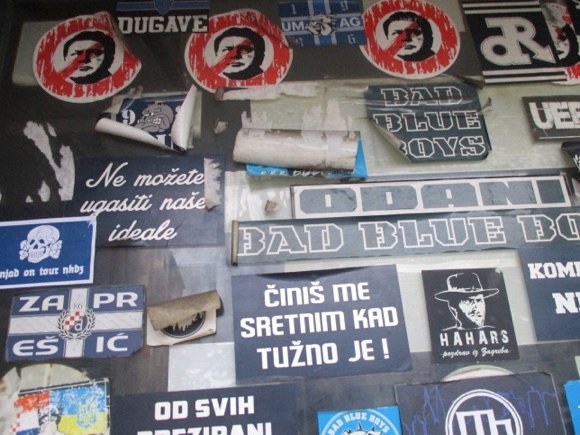
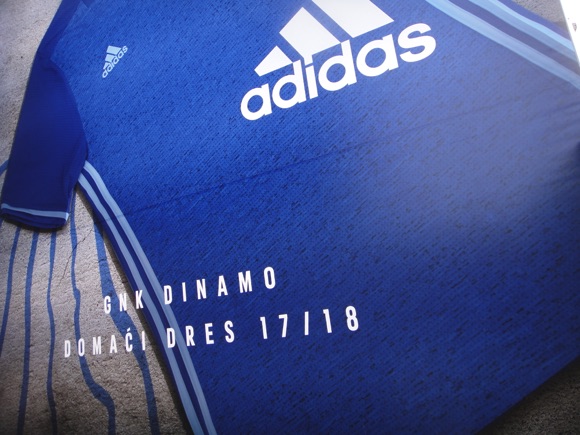
With the later financial problems and backroom shenanigans in Split, Dinamo have now won every title but one since 2006. If truth be told, with average overall league attendances never touching 4,000, the top Croatian clubs badly miss serious competition from their Serbian, Bosnian and Slovene counterparts.
In Europe, Dinamo have been regular competitors in the Champions League, the likes of Luka Modrić, Niko Kranjčar and Eduardo putting in creditable performances against Real Madrid and Manchester United. What happened to the profits from their transfers is an entirely different matter.
Two European runs stand out in particular. In 2018-19, Dinamo pushed Benfica to extra-time in Lisbon in the Europa League Round of 16, while at the same stage two seasons later, a shock 3-0 win over Tottenham led to a quarter-final with Villarreal and a narrow defeat on aggregate.
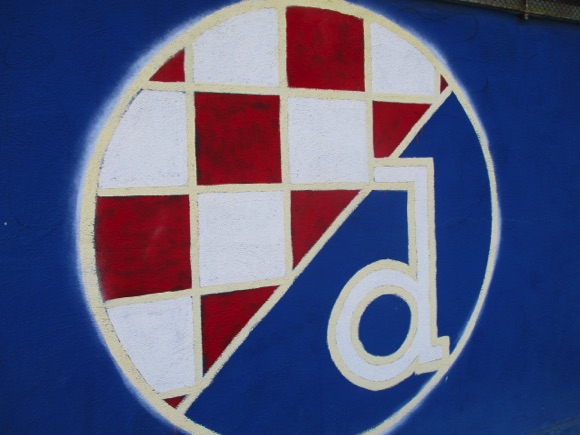


Stadium Guide
The field of dreams – and the stands around it
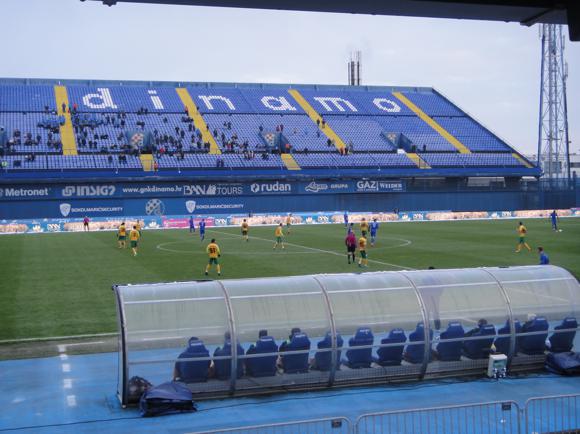
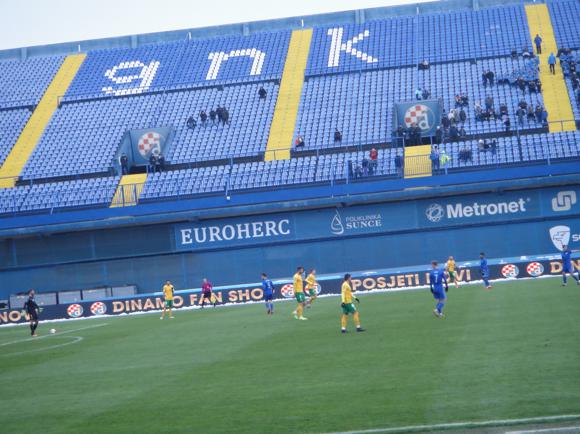
Dinamo’s home ground is the Maksimir, and has been since 1948. Owned by the City of Zagreb, partly the reason why decisions over its modernisation and rebuilding have taken decades, the Maksimir carries the name of its host club in white across its blue seats.
There’s a Dinamo club shop, a bar for the hard-core Bad Blue Boys decked out in archive images and a Dinamo ticket office – but the ground lacks that sense of belonging that can make Hajduk’s Poljud such a special venue on its night.
This somewhat impersonal feel is only accentuated when the BBB boycott games in protest against the corrupt dealings of the Mamić brothers. The home North Stand certainly feels empty without them. Visiting supporters are allocated a sector of the South Stand, the scoreboard end. Only the main West Stand is covered.



Whether a new stadium over the Sava at Kajzerica would have made any difference to the atmosphere, we’ll never know, as the proposed new arena was never given the go-ahead.
Following the terrible earthquake in Zagreb in 2020, further proposals were put forward to rebuild the Maksimir. For now, the East Stand remains closed.
The Maksimir is also Croatia’s de facto national stadium. For details of transport to the ground and the bars around it, see Maksimir.
getting in
Buying tickets – when, where, how and how much

With gates in the low thousands, availability is rarely a problem for Dinamo games, except for the derby with Hajduk and major European fixtures. A Ticket Point (Mon-Fri 9am-5pm, match days) stands in the stadium’s main forecourt, through the car park, close to the tram stop.
For most league fixtures, you pay around 70kn-80kn/€9-€10.60 for a seat in the West Stand and 50kn/€6.60 in the home North (sjever) end. The East Stand is currently closed.
Prices rise for the derby with Hajduk and major European fixtures. Packages are sold if Dinamo are involved in the group stages of European competition.
In theory, Dinamo also offer online sales but in practice, it’s easier just to turn up and pay on the day.
what to buy
Shirts, kits, merchandise and gifts





Dinamo have two main outlets for blue merchandise. One is behind the main West Stand at the Maksimir (Mon-Sat 9am-8pm, match days), the other by the main square and national football museum, Budi ponosan, at Jurišićeva 2 (Mon-Fri 9am-8pm, Sat-Sun 9am-3pm).
The home shirt varies little from all blue with white trim, away kit most recently a combination of white with pebbledash blue in various hues.
The Bad Blue Boys have their own suvenir shop (Mon-Fri 1pm-8pm, Sat 10am-3pm) at Ilica 37, a short walk from the main square, where you can buy trackie tops, scarves and branded accessories. It’s set in a courtyard, a little hut where fans congregate.
Where to Drink
Pre-match beers for fans and casual visitors
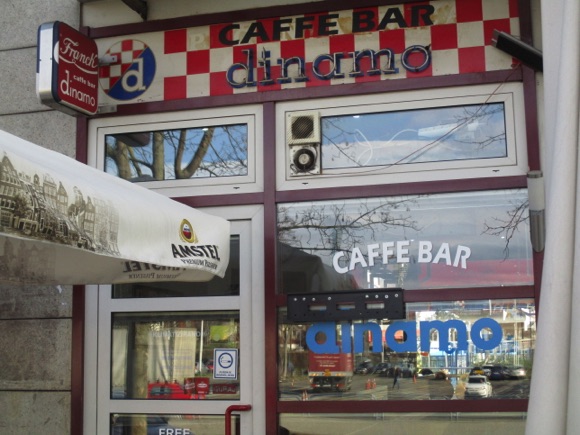





The Bad Blue Boys also have their own clubhouse (daily 8am-11pm) behind the home North Stand of the Maksimir, opposite the park. Tastefully decorated with archive photos from Dinamo history against an all-blue colour scheme, it’s a convivial spot for a beer during the week.
Pre- and post-match, neutrals should be welcome for low-key domestic fixtures. The derby with Hajduk may be a different matter.
Of the many bars surrounding the Maksimir, the only really themed one is the Caffe Bar Dinamo behind the South Stand at Mije Krešića 12, whose narrow interior is decked out in photos of the club’s great moments. There are seats outside in the warmer months if it gets too crowded pre-match.
For details of other nearby bars, see Maksimir.




